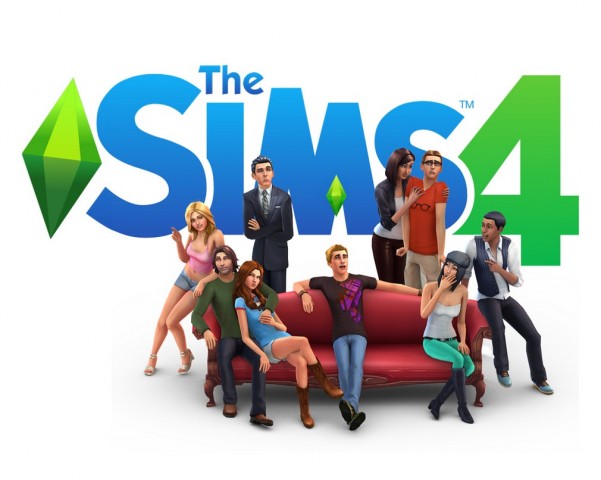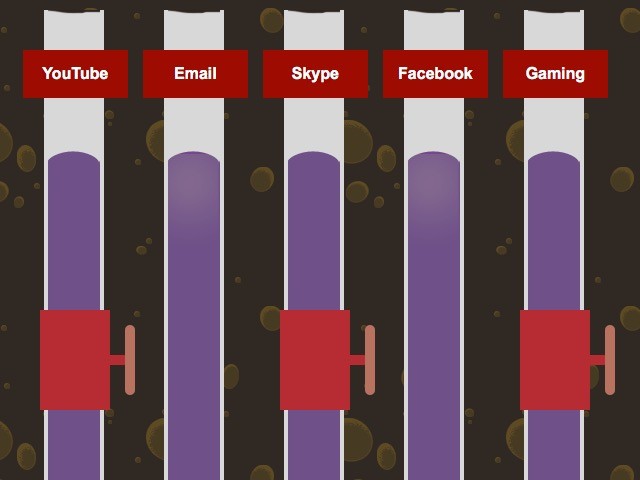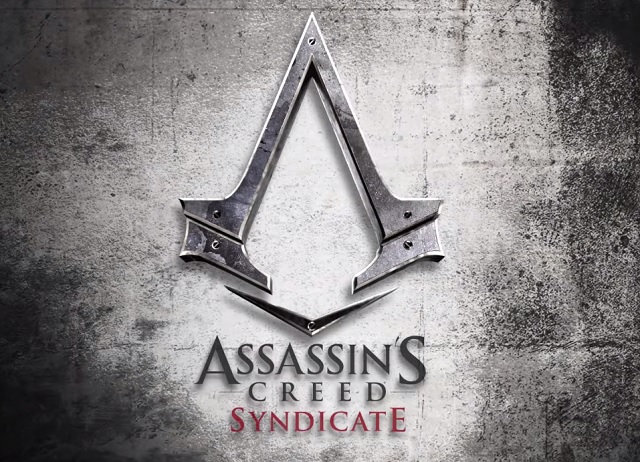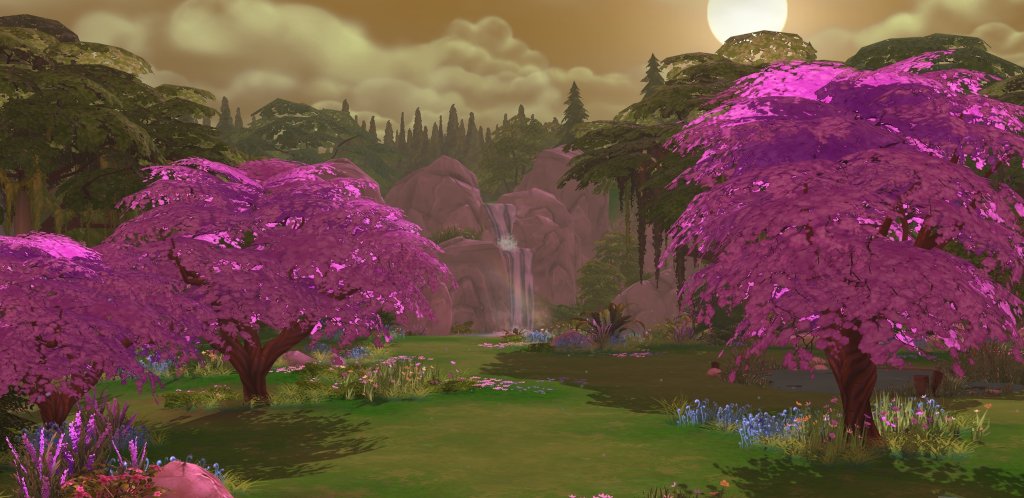

December 7, 1941. Hawaii. There's a war going on, but you don't expect the devil to make an appearance. Not in Paradise. Not on a Sunday. But sure enough... planes. Hundreds of them. They fill the sky, spew lead like hail and tear the American Navy a new one. They're the common thread running through all the best bits of EA's assault on the Pacific and with every set-piece you're reminded just what your newest recruit could have been.
Medal of Honor: Pacific Assault is the tale of rookie Tom Conlin whose tour of duty begins with the Japanese attack on Pearl Harbour and ends with the reclamation of the island of Tarawa. In between these two behemoth missions, Tom and his squad fight through the Japanese-occupied Pacific Islands. It's like a package holiday with ambushes. It's also a huge change of setting for the series, previously confined to the crumbled cities of WWII Europe. Gone are the solid walls, obvious hiding places and straight roads, and in their place you'll find trees, wooden shacks and more hidey holes than a Victorian cabinet.
Intriguingly, the game begins at the end with a brief glimpse of the final level. Tommy's breathless run for cover after a disastrous boat landing at Tarawa. You're given a short burst of action - and one that you can't win - before being flash-backed two years to the real opening level - Pearl Harbour. Another breathless run: this time along wooden decking as Japanese planes scream low enough for you to make out the meatballs on the wings. Bullets ping, engines "grrrrr" and you're left with a gun and a whole lot of running to do. Timing is everything here. The relative safety of the cover buildings and crates provide must be weighed against the knowledge that an accurate shot from your rifle can pick planes out of the sky if you stand and fight. If you can resist the temptation, you're a better man than I. I spent a good ten minutes following planes with my crosshairs, hitting the sweetspot and laughing as they tumbled out of control. It's a glorious opening.
The whole of Pearl Harbour, aside from a brief interlude inside a battleship, follows the same theme: firing from a boat as the planes bomb and torpedo the fleet and taking up the fitted guns bolted to the battleships while planes drop chunks of shrapnel from the sky.
It's a sequence that wears its scripting on its sleeve and funnels you through a minutely planned sequence of events, but it's so damned cool it doesn't matter.
During the run in the PT boat, one plane gets picked out of the sky and comes barrelling into your boat leaving nothing but flaming vapour. Restart and it'll happen again. And again.
The Japanese fighters drop torpedoes into the water that slam into a battleship forcing it to slowly tip over as your boat runs alongside - no matter how many times you replay it, the pure cinematic joy of watching the deck slip under the water and the hull flip over is genuinely stirring. It's a rousing opening sequence and, frankly, as with Allied Assault, it's the best part of the game.
If by now you're thinking this doesn't sound much like a FPS, then you're right. The best bits of the game are when you're not following MoH's patented run-them-down-a-linear-level-style of action. That's not to say it's a bad FPS: this is the best jungle-based shooter out there. It's just that doesn't put it in the Half-Life 2 league. The drama of the FPS sections never quite recaptures the joy of the opening. It's a testament to the developers that they managed to make the notoriously difficult jungle setting work at all. Games where gunshots rip through leaves have fallen flat many times; the balance is always tipped in favour of the enemy. Neatly, Pacific Assault's use of sound and muzzle-flash gives you enough clues to get a bead on the hidden foe, and if you can't locate them, just follow your comrades' lead.



